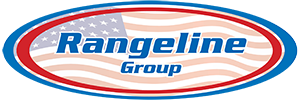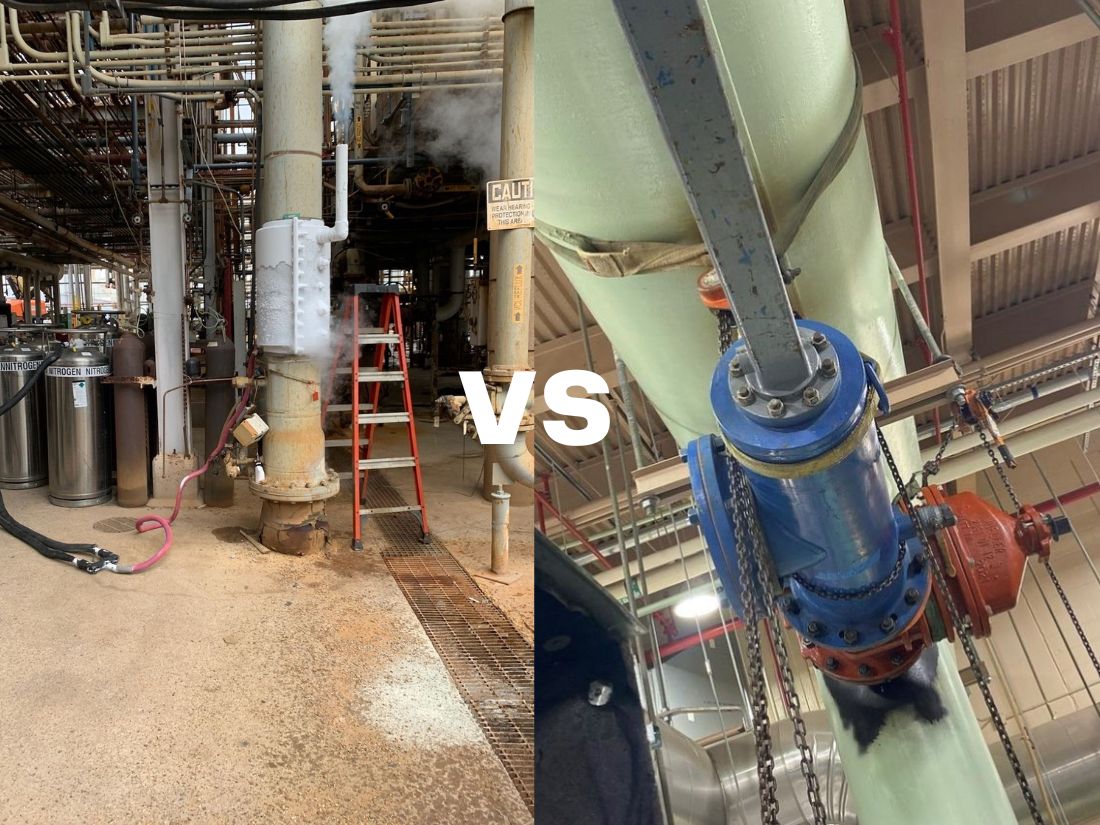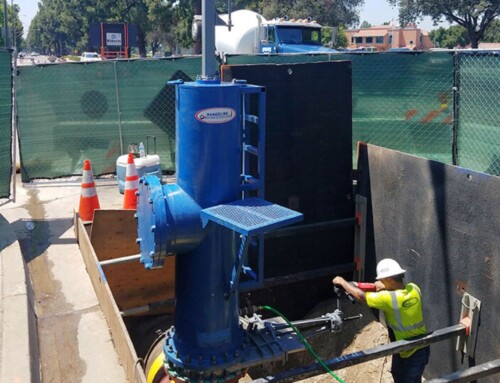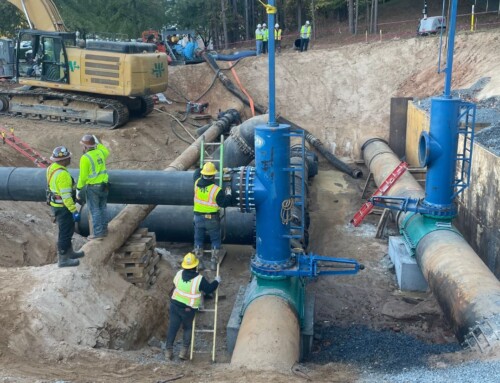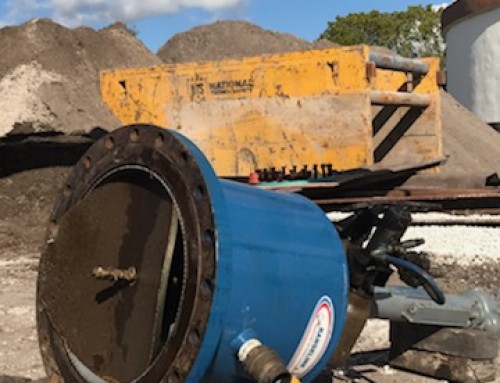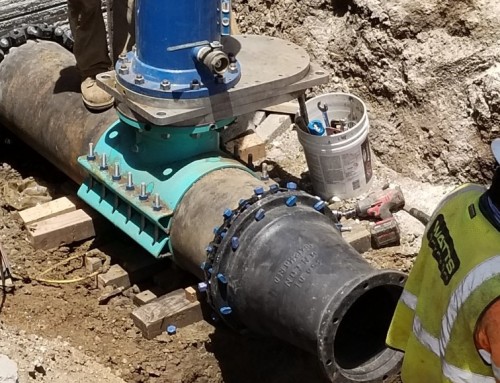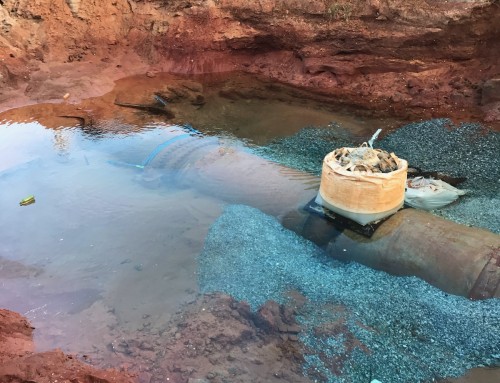Maintaining pipelines in service can get complicated – especially when their daily operations must not get interrupted. Luckily, a few different solutions allow those providing pipeline services to work on pipes while being as unobtrusive as possible. That begs the question, however, what’s the difference between line stopping and line freezing? Here’s what you should know to ensure you get the correct service for maintaining your piping systems.
Line Stopping
Line stopping is a process that isolates the pipes that require maintenance or replacement. Creating a temporary shutoff reroutes the fluids within the pipeline to ensure that the pipeline can continue operating while the problematic area gets worked on. Line stopping is typically the last choice before completely shutting down a pipeline. One of the best advantages of this technique is line stopping can be used on all types of piping materials and products, and on sizes ranging from 2 to 84 inches.
Line Freezing
Line freezing is another method of isolating part of a pipeline, but it uses the assistance of liquid nitrogen. The nitrogen freezes the fluids running through the pipes to create a temporary “ice plug” that will block fluids from running through the problematic area of the pipe. This method can hold back an extreme amount of pressure to ensure that work proceeds without any risk, and once workers complete the job, the frozen fluid gets melted so it can flow once more.
When To Pick Either Method
So, with a better idea of the differences between line stopping and line freezing, what situations are most appropriate for each method? As mentioned, line stopping is one of the last options used – just short of shutting down the entire pipeline – and is useful when components like valves need to get replaced. Line freezing, on the other hand, is a more economical choice where no permanent material or welding would be required, and it keeps the product in the system without having to drain it. Line freezing is also a good alternative and will get the job done when line-stopping equipment can’t fit into a tight space, but a “no flow” or shutdown is required.
